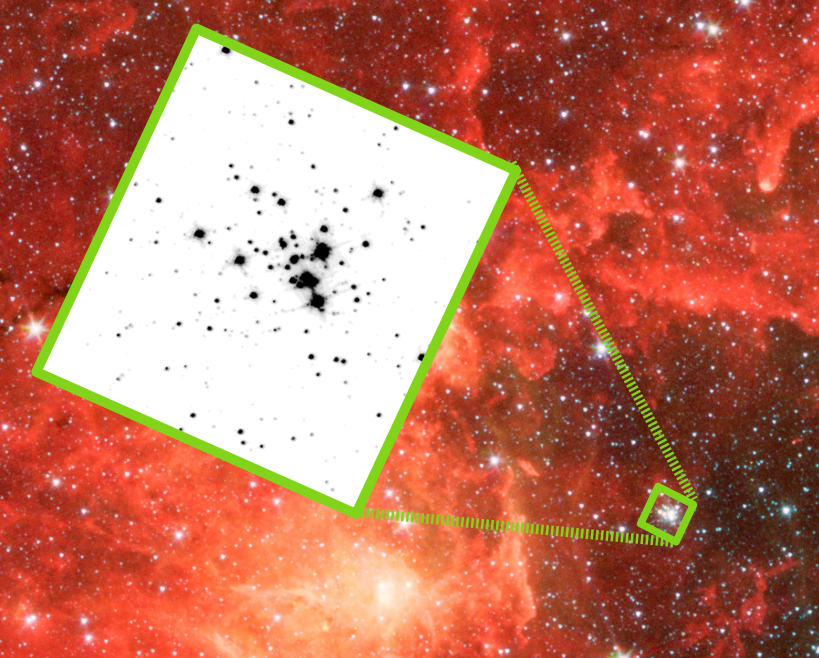Formation of Massive Stars and Clusters
The general process of star formation basically consists on an interstellar cloud that is compressed by its own gravity until the pressure (and temperature) at its center is high enough to start nuclear reactions. However, this general explanation does not work well for massive stars.

Infrared Young Massive Clusters in the Milky Way
Star clusters are commonly used as stellar evolution laboratories because their stars share some properties (age, distance, and initial chemical composition). The young massive ones, made up of thousands of stars of few million years old, are even more versatile and they can be used as Galactic probes.

TelCorAl: A Web-based App for Telluric Correction
Infrared spectra that are observed from the ground are contaminated by strong, ubiquitous features from the Earth’s atmosphere, the so-called telluric absorptions. The methods to remove them are usually too tedious for inexperience users. For this reason, I am leading the development of TelCorAl (Telluric Correction from Alicante), a user-friendly web application that makes this process quick and easy.

MIRADAS/GTC: A State-of-the-art Spectrometer
MIRADAS is an infrared multi-object spectrometer that consists of 12 deployable arms covering a 3.7” × 1.2” field each. Its extraordinary multiplexing capability together with its high resolving power (up to 20,000) turns it into a cutting-edge instrument that will be installed soon in the GTC (Gran Telescopio Canarias), one of the largest infrared telescopes in the World. In a recent 12-month visit at the University of Central Florida, I helped testing and fine-tuning part of the MIRADAS official software.
Read more